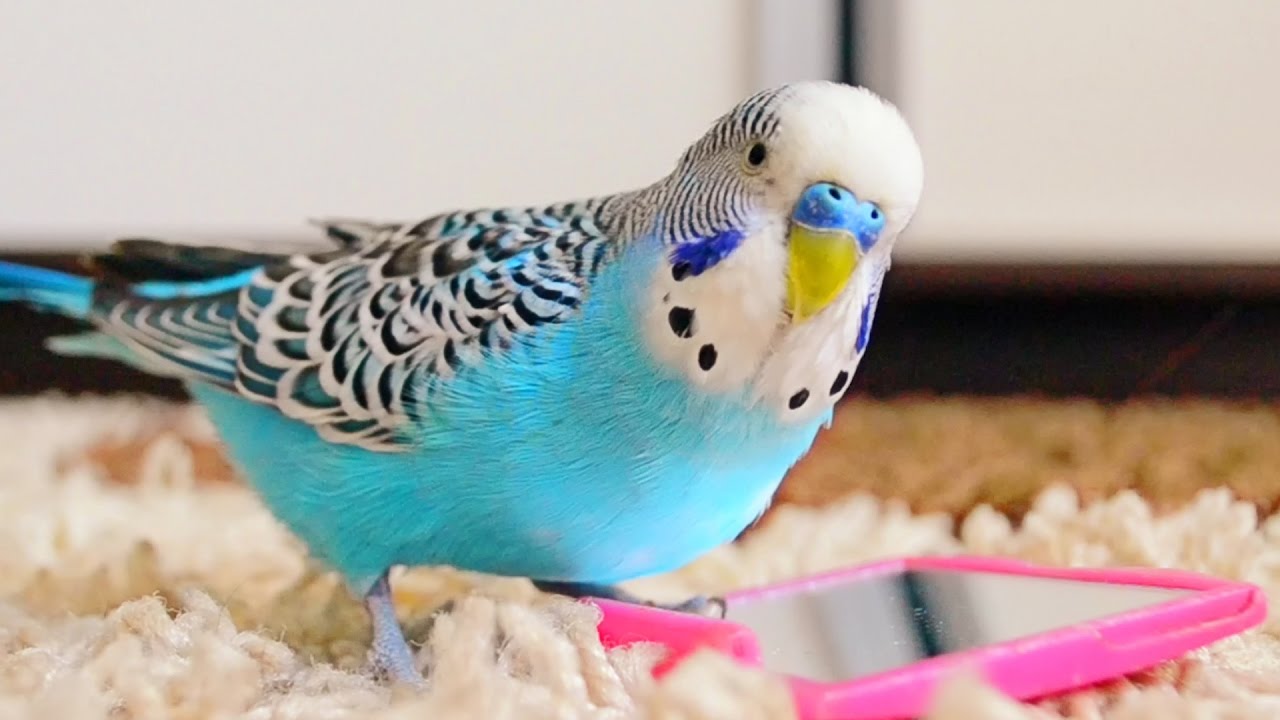 Follow my blog with Bloglovin
Follow my blog with Bloglovin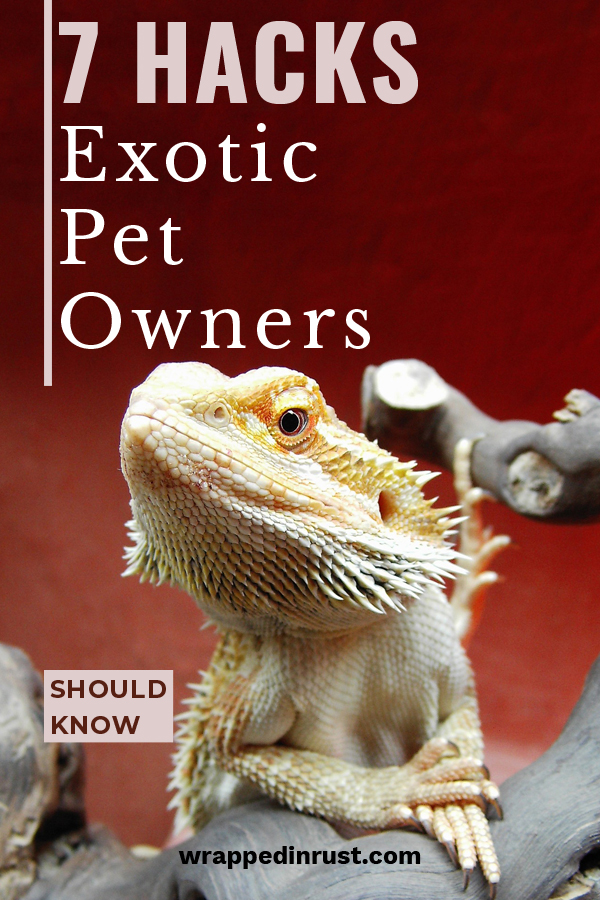
If you have a pet that is classified as “exotic,” you probably have very different needs and care procedures than your typical dog or cat owner. If you own a bird, sugar glider, fish tank, or frog, for example, you’ve likely been given specific instructions on how to feed, house, and protect them. Here are some pet hacks and cleaning tips that exotic pet owners need to know.
1. Reptile Housing
If you have a lizard, snake, frog, or other reptile friend, you’re going to need a solid glass or plastic tank (a.k.a., a terrarium) for them to live in. It must be large enough to allow free movement to keep them happy and healthy. Being informed of your pet’s adult size and activity level will help you decide how big your terrarium needs to be. You’ll also need some kind of heat mat or lamp, plus rocks and/or bedding materials to simulate their native climate. If you’re unsure what your pet’s needs will be, talk to a local expert or successful owner of the same type of pet.
2. Don’t Expect to Cuddle
Many exotic pets are kept for interest…not necessarily companionship. While dogs and cats are more social with their owners and probably enjoy being around you (when they’re not asleep, anyway) your snake or beta fish probably just doesn’t feel the same way. Some exotic pets may even be somewhat dangerous to handle. Others, like bearded dragons or geckos, are more tame and might like being handled. Just be aware of what you’re getting into.
3. Cost & Lifespan
Depending on what type of exotic pet you’re looking for, you might incur quite a cost when you buy them and the initial setup. But you also need to consider what ongoing costs you will have, such as feeding, vet visits, bedding, etc. Also consider the lifespan of the pet, because however long they live is the same timeframe you’ll need to spend money on their care. For example, many reptiles can live 20 years or longer! Getting one is a big commitment.
4. Cleaning a Bird Cage
You’ll definitely want to spot clean your bird cage (and maybe the floor around it) on a day-to-day basis. But at least annually, you’ll want to give it a good deep cleaning. Put your bird in a temporary or travel cage while you do the job. Small ones can be put in a sink or bathtub and washed with mild soap and water, but others may need to be taken outside and hosed off. Perches, toys, and food and water bowls will need to be cleaned as well. If you use any cleaning chemicals or disinfectants, don’t put the bird back in the cage until everything is properly rinsed and the odors have dissipated completely.
5. Cleaning Small Mammal Enclosures
Say you have a rabbit, hamster, gerbils, or chinchilla. Spot cleaning and collecting — um — debris on a day-to-day basis is a must. Bedding must be changed regularly, probably at least weekly or when you start to smell it. But at least yearly, that enclosure will need a total cleaning. Place your pets in a different carrier and empty everything out. Clean it with soap and water, including dishes, toys, and anything else in there. But like a bird cage, make sure any cleaners are rinsed away and that all fumes are gone before putting the pets back in. You may even choose to use specialty cage cleaners made for this purpose. And if your pet(s) has grown, now is a good time to upgrade the size of their home.
6. Cleaning the Fish Tank
If you have a fish tank, keeping it clean is imperative to keeping your pets alive. A dirty tank can quickly lead to disease and death of your fish, so aside from the proper filtration system (ask the fish dealer), tanks need a good cleaning and partial water change at least weekly. Siphons and other tools can help with this. Plastic plants need to be rinsed off, as well as gravel or hiding places within the tank. Cleaning helpers like snails or other bottom-feeders can help clean up organic debris, but these are not a substitute for regular cleaning.


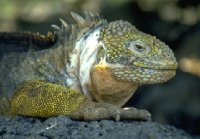
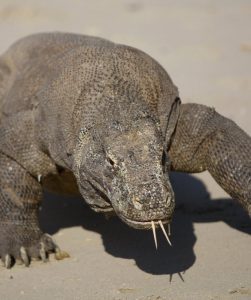
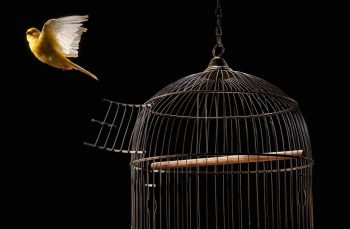
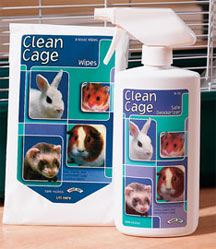
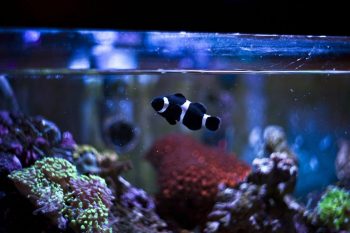
Leave a Reply